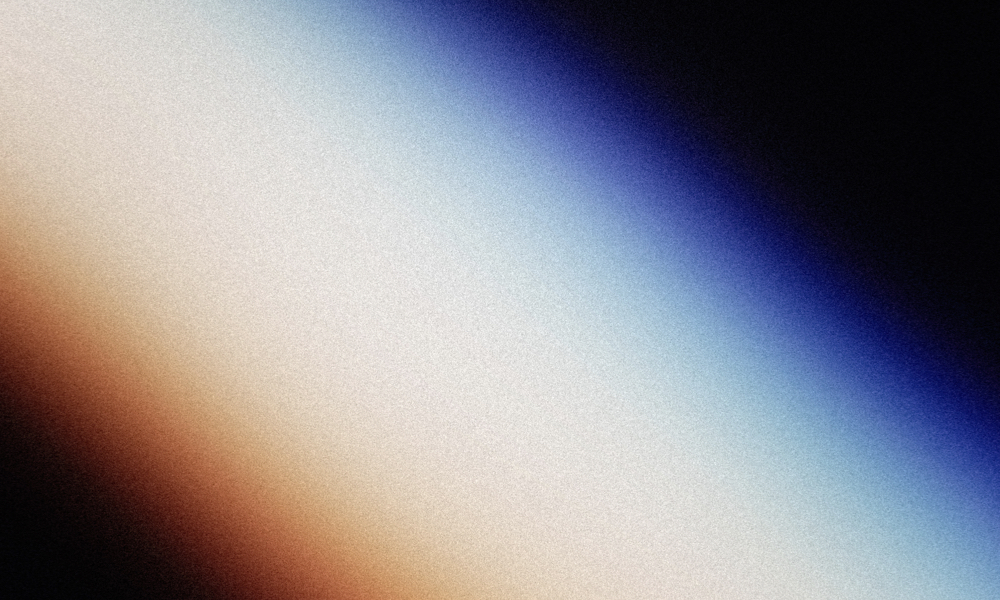
ESA Open Invitation to Tender AO9402
Open Date: 12/04/2019
Closing Date: 24/05/2019 13:00:00
Status: ISSUED
Reference Nr.: 18.1QC.07
Prog. Ref.: GSTP Element 1 Dev
Budget Ref.: E/0904-611 – GSTP Element 1 Dev
Special Prov.: GB
Tender Type: C
Price Range: > 500 KEURO
Products: Launchers / Electronics / EEE Components / Optoelectronic Devices (including opto-couplers, LED, CCDs, displays, sensors)
Techology Domains: Materials and Processes / Cleanliness and Sterilisation / Control of Particulate Contamination
Establishment: ESTEC
Directorate: Directorate of Tech, Eng. & Quality
Department: Product Assurance and Safety Department
Division: Materials & Components Technology Divisi
Contract Officer: Almeida, Rudolfo
Industrial Policy Measure: N/A – Not apply
Last Update Date: 12/04/2019
Update Reason: Tender issue
For spacecraft systems and subsystems, particulate contamination can have detrimental impacts, particularly for optical and detector systems. The current practices aim to control the environments in which the systemsreside which are usually cleanliness controlled areas and clean rooms. As the interest is on the particles that fall on the sensitive surfaces under the action of gravity, airborne monitoring is often complemented by particlefallout monitoring. Yet, there are particular situations, such as inside the fairingbefore launch, during, and right after launch, where particle fallout is difficult if not impossible to measure, as one cannot always easily access or retrieve the witness samples. Particulate fallout can currently be measured only with techniques that are not real time and are retrospective in analysis and resulting corrective action. The lack of measurementsperformed during the last days before launch, when the satellite is already encapsulated, as well as during the launch, forces projects to take the decision to either implement baffle covers (with associated drawbacks interms of additional masses, mechanisms redundancies, etc.) or to deal with extremely conservative contamination allocations that result in contamination budgets often incompatible with mission performance goals. To solve these uncertainties, the need to develop a real-time particulate contamination sensor was identified and a preliminarydevelopment wasinitiated in a TRP activity On-board particulate contamination sensors. The aim of the TRP was to design, develop,manufacture and test a breadboard model of a real-time particle fallout measurement system. The main focus was put on the monitoring of those environments typically encountered by spacecraft systems just before and after launch, i.e. particle fallout under the launcher fairing and particle redistribution due to launch vibrations and shocks, without precluding the use of the developed method in cleanliness controlled areas and clean rooms. The proposed activity is intended to bring the technology developed in the TRP toqualification for flight. The activity aims at design, develop, manufacture and test a qualification model for a future flight model of a real-time particle fallout measurement system. The main tasks to be done in the frame of the activity are the following:- Identification of candidate launch vehicles and their interfaces (mechanical, electrical, thermal, etc.)- Analysis of the current (breadboard) design and identification of the necessary modifications- Definition of the system requirements specification- Definition of the qualification plan- Manufacturing and testing of a qualification model
If you wish to access the documents related to the Invitation to Tender, you have to log in to the ESA Portal.
